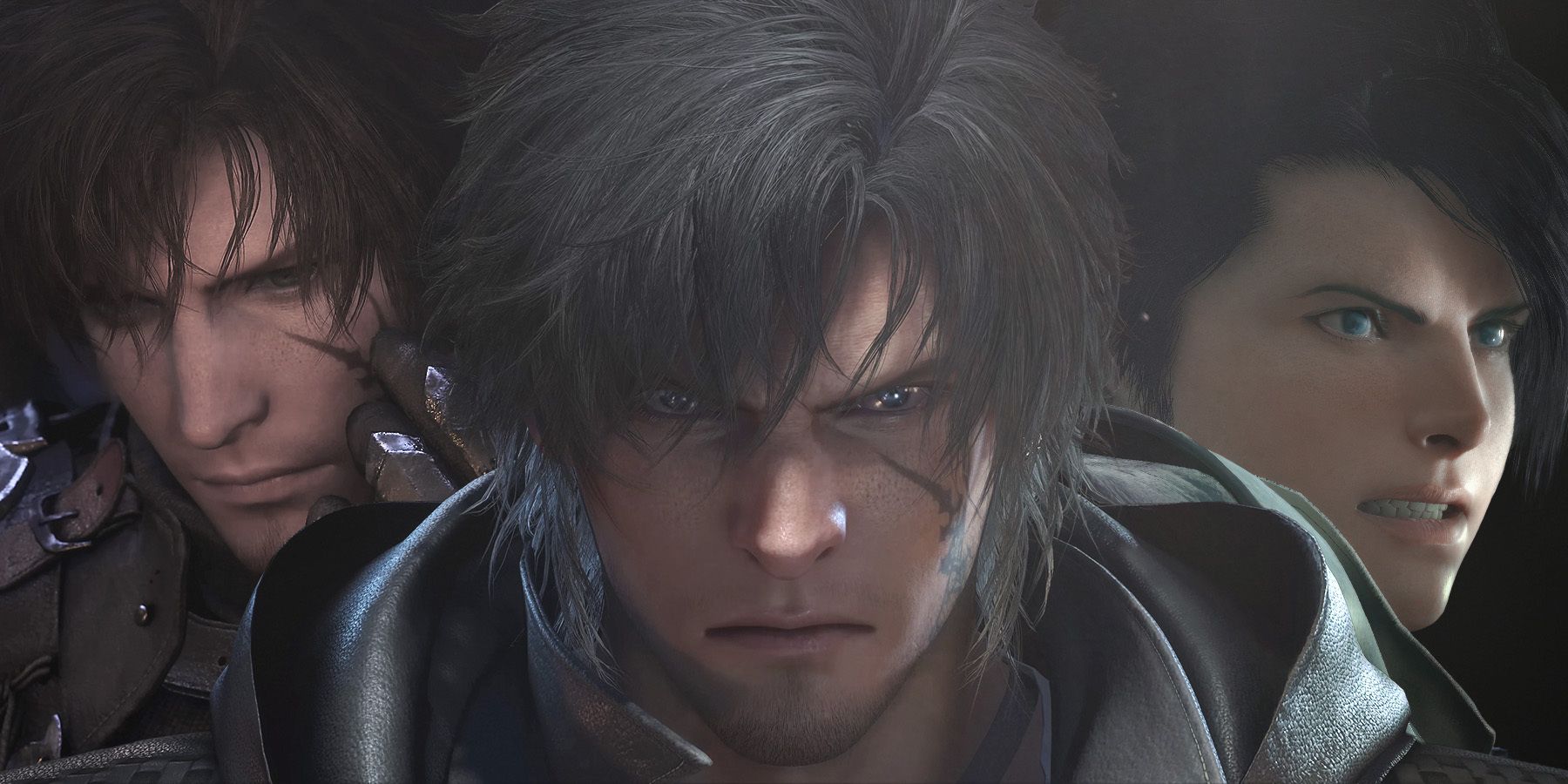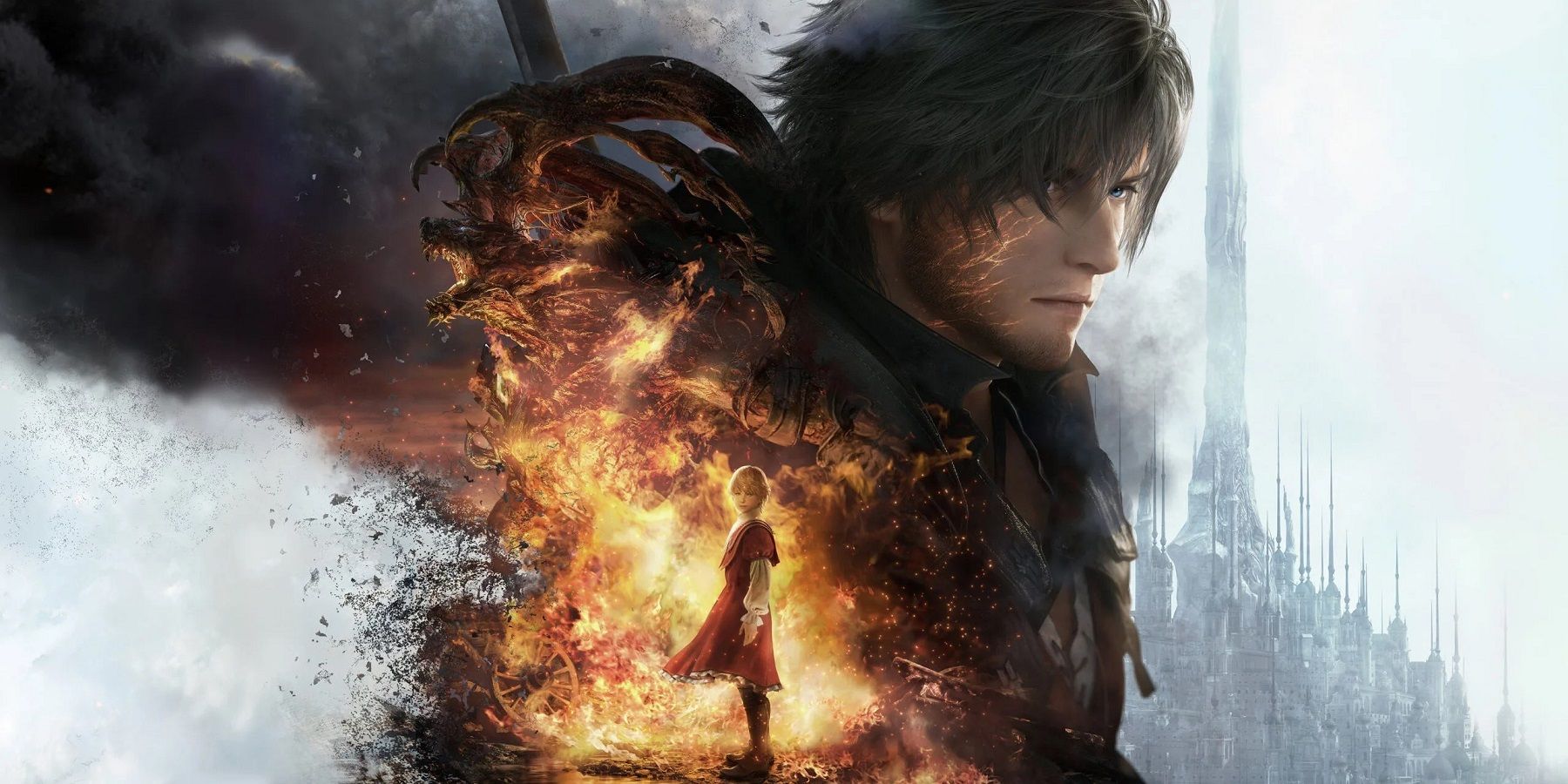Final Fantasy 16 will see its protagonist Clive across three different stages of his life, demonstrating how the decades have changed him over the course of its narrative. The title's use of time-skips as a plot device could provide the same benefits seen in the series' trilogies without having to rely on players coming back to experience multiple games titled Final Fantasy 16.
With Final Fantasy 16 set to feature Clive at three ages, there is no doubt the title's use of time-skips will play into its narrative and environmental design. Not only will players see how the world of Valisthea slowly succumbs to death, but Clive's quest for revenge will also see maturation across these different periods. The death of Clive's younger brother Joshua seems to serve as the inciting event that fuels his journey, having a reverberating effect on the protagonist's personality and goals as life goes on.
Final Fantasy 16's Time-Skip Structure Could Make for a Complete Narrative Experience
The use of time-skips throughout Final Fantasy 16 suggests that the characterization of Clive and his supporting cast will see a wider range of development than if the story was more contained. While there is still much to learn about where Clive's revenge quest will take him, seeing how his view of the world becomes more narrow through an intense focus on vengeance could be made all the more impactful by seeing how far he turns from his younger self. The ability for Final Fantasy 16 to space out its plot will also make its story more accessible in that players won't have to wait for three separate games to see how time has affected his character.
The Final Fantasy 7 Remake trilogy shares a similar three-part structure, as Cloud's new journey will take place across three separate titles to expand the range of locations and content from the original. While this is certainly a good move to ensure Final Fantasy 7 gets the full justice it deserves, there are a few notable drawbacks to this model in contrast with Final Fantasy 16. For starters, players will have to purchase three titles as opposed to one to get the full experience, with the latter two requiring the use of a PS5 despite the first entry also appearing on PS4. Final Fantasy 7 Rebirth alone is set to release over three years after Final Fantasy 7 Remake, and there's no telling when part 3 might hit.
Past entries like the Final Fantasy 13 trilogy spanned four years. Lightning Returns: Final Fantasy 13 sought to complete the trilogy in 2013, following FF13 and FF13-2's debuts in 2009 and 2011, respectively. Though this gave the series an opportunity to iterate upon mechanics and level design, it also relied on sustaining players' interests across three separate games. In 13's case, this was met with wavering success. Final Fantasy 16 won't have to contend with similar problems given its story appears in one game.
While a trilogy structure can be effective, its drawbacks in accessibility and waning interest in the time between game releases can provide obstacles to success. Final Fantasy 16's use of time-skips without sequels or other supplementary material could outshine this formula, making its narrative feel wholly complete. Players won't have to wait or pay for additional entries to see where the journey of Final Fantasy 16's Clive takes him over the years, though it remains to be seen how much players will actually enjoy that journey until release.
Final Fantasy 16 releases on June 22, 2023, for PS5.


